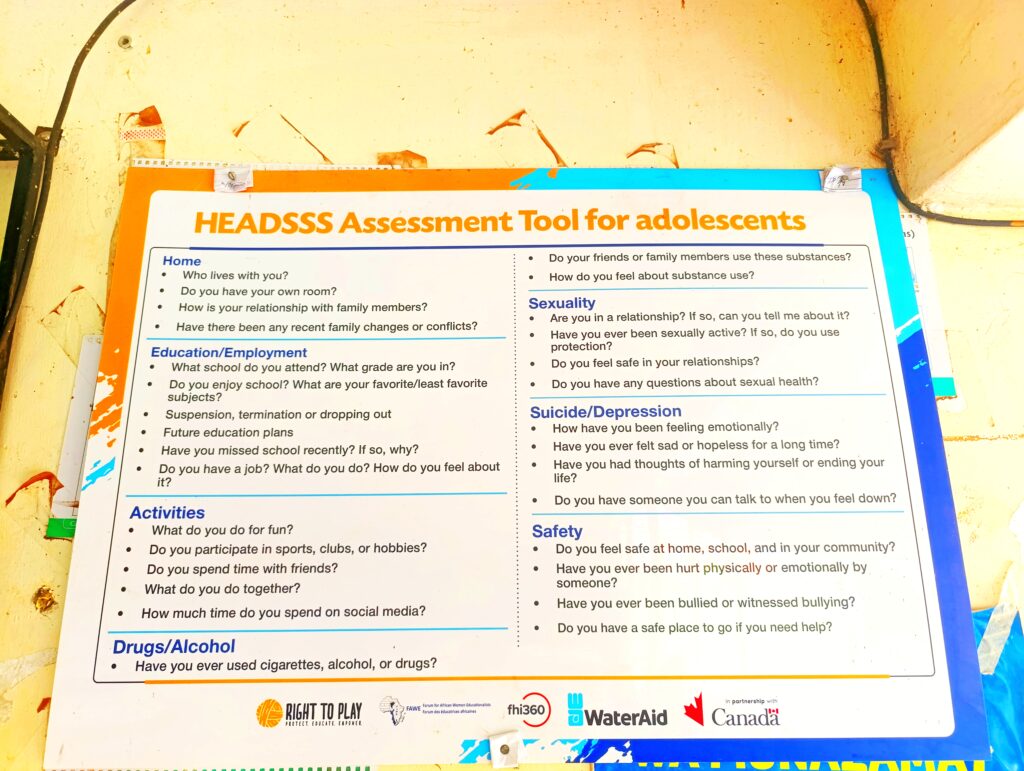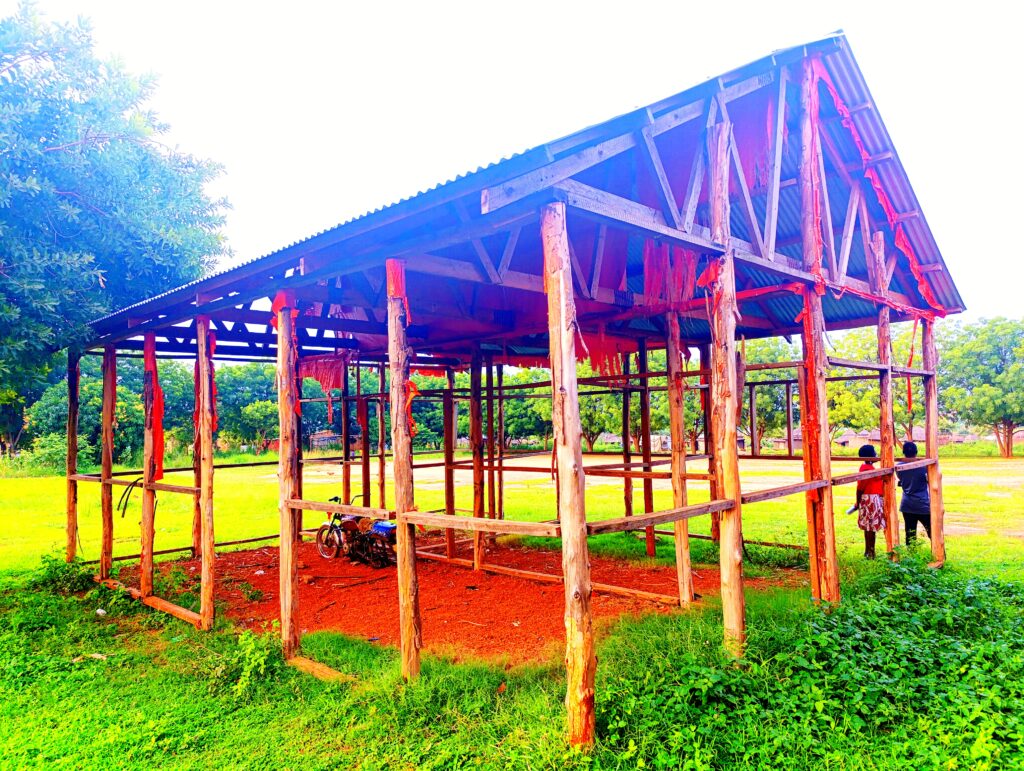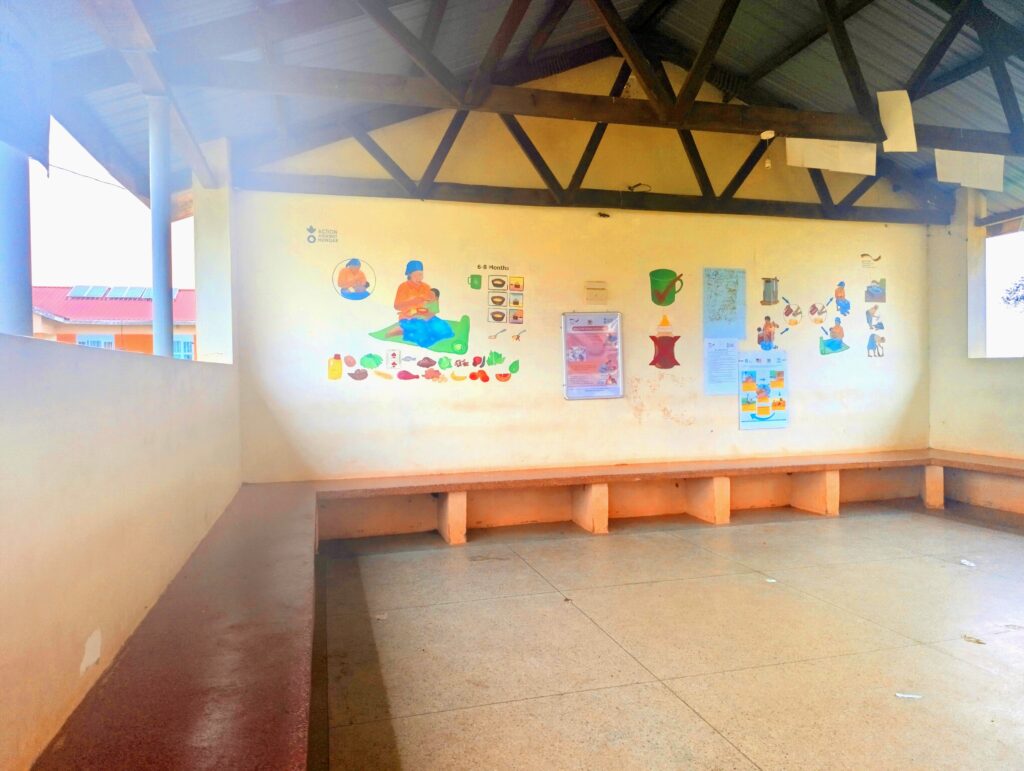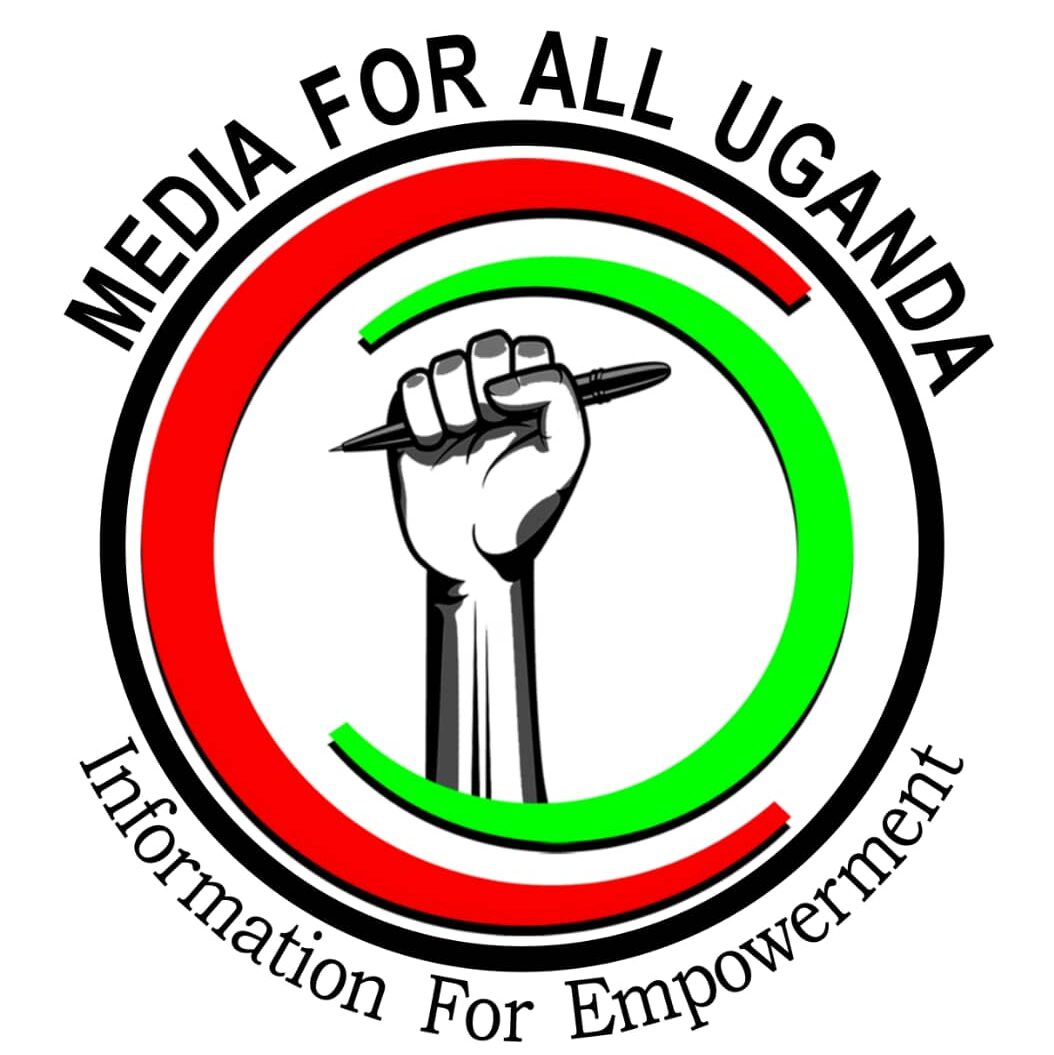ADJUMANI REGISTERS RISE IN HIV INFECTIONS AMONG YOUTH.
By Bazio Doreen.
Authorities in Adjumani District are concerned about the rising cases of HIV infections among young people especially adolescents. Records at the District Health Office reveal a concerning rise in new HIV infections among the population in Adjumani District from 2021 to 2024 with young people disproportionately affected.
New HIV cases among the population in Adjumani district increased from 327 in 2021 to 437 in 2024, marking a 33.6% rise over four years. The young people in Adjumani district account for over 40% of the new HIV infections.
Worse still, according to records District Health Office captured between January and March 2025, six new HIV infections among adolescents (10-19 years) were registered with one yet to be linked to HIV care. This underscores the urgent need for intensified Sexual and Reproductive Health and Rights (SRHR) interventions to curb this trend.

According to Inyani Mane Dolorence, the District HIV Focal Person, several factors contribute to the rising HIV incidence among youth in the district including: limited access to comprehensive SRHR education; inadequate youth-friendly health services; and socio-economic challenges such as poverty and unemployment increase vulnerability.
He also adds that stigma and misconceptions around HIV and sexual health discourage young people from seeking testing and treatment services.
“Adjumani’s youthful population, coupled with many vulnerabilities, creates a critical environment where HIV transmission can escalate if not addressed promptly. The increase in new HIV infections highlights the gaps in effective outreach, counselling, and provision of preventive tools such as condoms and pre-exposure prophylaxis (PEP),” Inyani observed.
Indeed some of the Adolescent Friendly corners at some health facilities are dilapidated and now other rooms/space is being improvised to encourage young people to access SRHR services. This is concerning because teenage pregnancies in Adjumani increased by 1% in March 2025.
The Teenage pregnancy rate among nationals increased from 15.6% in financial year 2023/2024 to 16.3% in financial year 2024/2025. Data at the District Health Office also indicates that the teenage pregnancy rate in financial year 2020/2021 was 14.4%.
Irama Steven Leku, an Enrolled Nurse and Adolescent Focal Person at Pagirinya I HC III, says that the Adolescent Friendly Corner has become so dilapidated that it can’t accommodate patients and fulfil their needs.
“Our Adolescent Corner has since become so open. It is now the poles that are remaining. There is no privacy. People can see whoever has come in and even sometimes predict what might have brought them to the facility. For now we are improvising the breast feeding corner but this is not sustainable. Most of our clients are refugees. Their culture doesn’t shun teenage pregnancy but they need protection from stigma that can be exerted by the host communities,” Leku explained.

In affirmation, Dipio Frances, Senior Social Welfare and Probation Officer, also observes that having a comfortable space for an Adolescent Friendly Corner is key because many young people are still afraid to speak up about their SRHR problems.
“Many young expectant mothers find it difficult to open up when they are in OPD. They prefer corners. Unfortunately, World Food Program has stopped its NutriCash program, it used to map even those who fear to come to the health facility so as to receive the supplementary feeding support. We are aware that many now have aborted due the halt,” Dipio observed.

The increase in HIV is also being linked to Gender Based Violence (GBV). This is worrying because Sexual violence can lead to HIV infection directly, as trauma increases the risk of transmission. More importantly, GBV increases HIV risk indirectly. Victims of childhood sexual abuse are more likely to be HIV positive, and to have high risk behaviors. This sometimes is due to the SRHR challenges faced by health facilities.
Meanwhile, the district finds it hard to harmonize GBV data. This is because of the multisectoral duty bearers involved; different reporting lines for partners and conflicting GBV registers at the health facility.
Steven Tako, Ofua HC III Facility In charge, says that some implementing partners want the health facilities to capture GBV data in separate registers other than the one provided by government as as a result, some cases remain unresolved.
“We have conflicting registers at the health facility. The partners need to adopt the one of government so that we harmonize our reporting system. It is also worth noting that a lot of GBV cases that are reported to police are not resolved,” Tako explained.
However efforts have been made to streamline interventions on SRHR. The District recently commissioned a 20 member Committee for Adolescent Health (DICAH). This is in line with a District Local Action plan (2025 -2030) that seeks to reduce GBV from 27% to 17% within the next five years targeting 9,135 beneficiaries. However, the DICAH is also charged with resolving all SRHR issues.
For adolescents and young people specially, some capacity building trainings have been done between January to March 2025. However, the targets are yet to be met. Only 12 out of 60 Primary School teachers trained, 8 out of 21 Secondary School teachers trained, 40 out of 44 Health In charges trained, 40 out of 120 senior men/women teachers trained, 720 out of 1800 in school peer educators trained, and 110 out of 592 out of school peer educators trained. Through these efforts, over 11,851 adolescents and young persons have been reached with SRHR information and referred to the nearest health facilities.
Although this is encouraging, Inyani, observes that the district and its SRHR partners still have more to do to empower young people through socio –economic programs that can help them overcome risky behaviors.
“We must create an enabling environment where young people feel supported and informed to make safer sexual health choices. We need to strengthen youth-friendly health services to offer confidential, stigma-free HIV testing, counselling, and treatment,” said Inyani.
The DICAH was commissioned with support from Right to Play (RTP) under the Sexual Health and Reproductive Education (SHARE) program. Funded by Global Affairs Canada, the SHARE project is being implemented by a consortium led by Right to Play, in partnership with WaterAid, the Forum for African Women Educationalists (FAWE) and FHI 360. The 5 year program ending in March 2026 seeks to empower 325,000 adolescents and youth aged 10-24, particularly girls and young women, both in and out of school, to demand better sexual and reproductive health care through a gender-transformative and rights-based approach.
In Adjumani, the SHARE Project is being implemented in 66 Primary schools, 8 Secondary Schools, 43 Health Centres and through four 30 member mentorship cohorts. These all target young people between 10 -24 years.
END.
